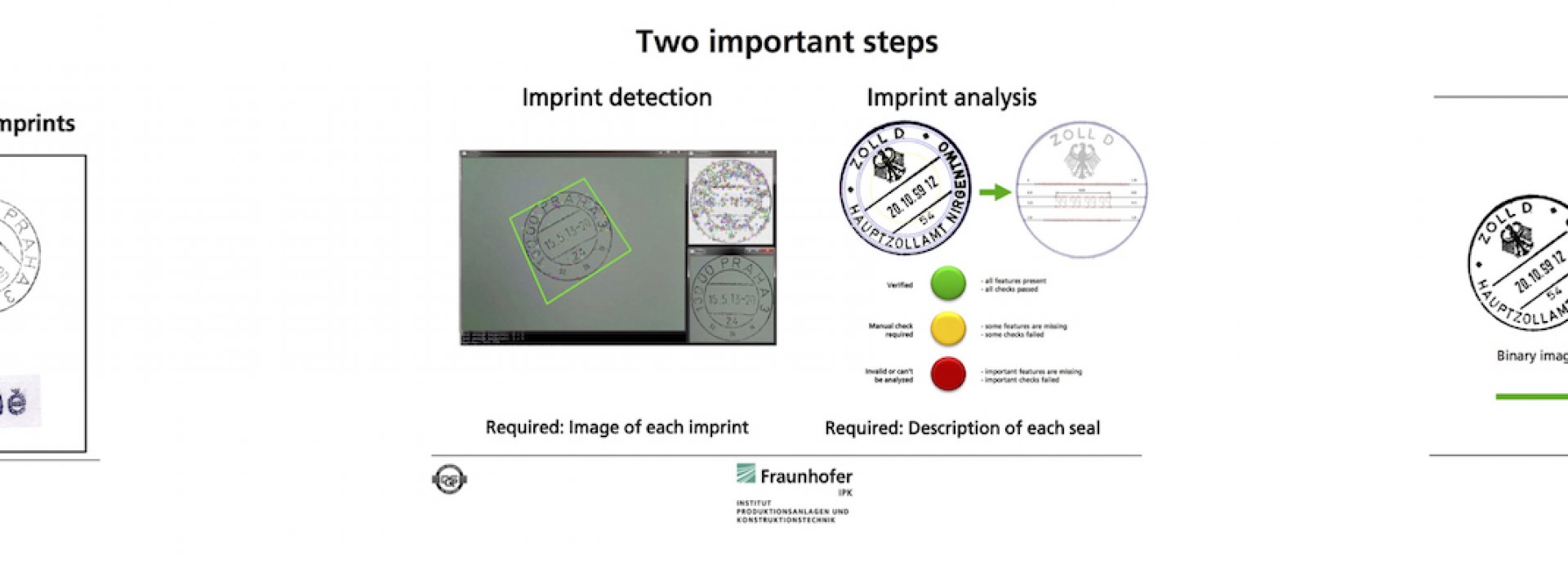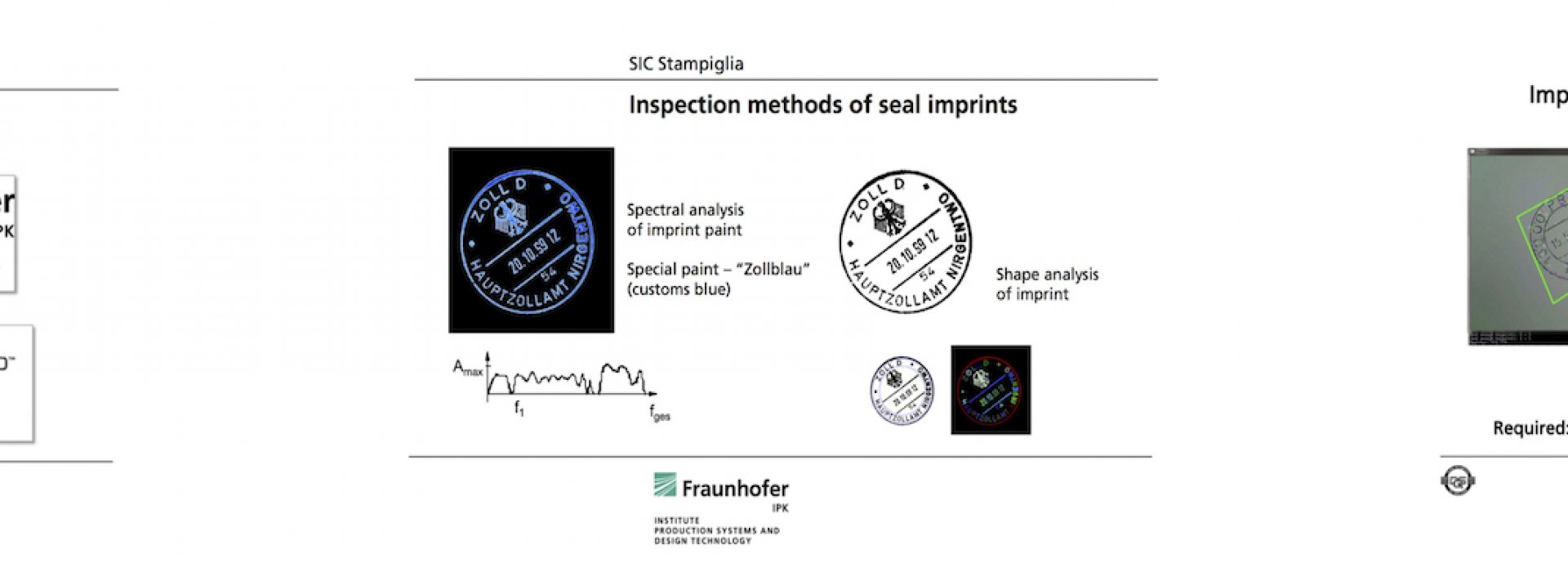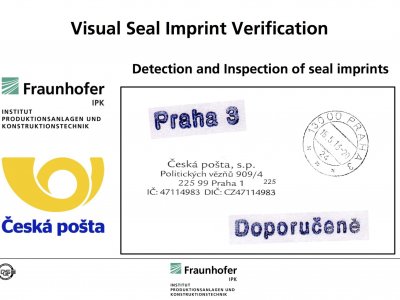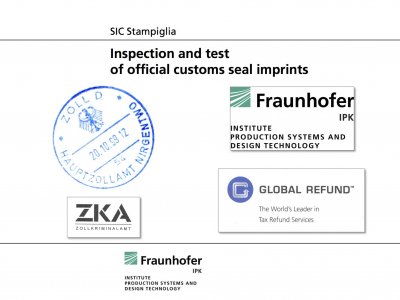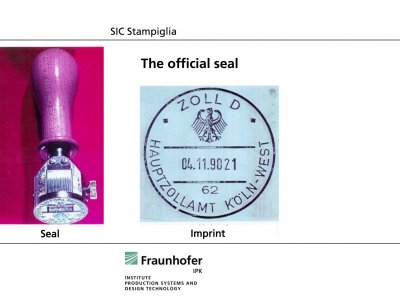PROOF OF AUTHENTICITY OF STAMPS
Motivation
The certainly highest demand for detailed and objective testing of stamp imprints exists for the control of personal documents of individuals. Especially the massive increase of immigration into Central Europe demands an intensive testing, which is confronted with the problem that the identity of an individual can often only be determined by means of the presented personal documents. In these cases no high-quality documents that could feature additional security characteristics are available.
Often these documents contain only one single official stamp by means of which the decision if it is forged or an original has to be taken.
Furthermore, in the movement of goods the intensive testing of contracts, bills of delivery, custom and other accompanying documents is compulsory and necessary since experiences of the recent past show that especially on the Eastern border of the EU a remarkable high amount of forged documents is being presented. The public authorities know that the unauthorised re- production of official signets is widespread.
Despite other claims that the application of stamp imprints and office signets will not be in use for much longer, a report of the German custom authority forecasts the further application of stamps for the com- ing 15 years, simultaneously an increasing number of fraud offences is forecasted. Especially technically versed forgeries, which can only with great difficulties be identified by sufficiently trained personnel, have to be expected.
Project
The department for security and testing technology at the Fraunhofer IPK and pay4me on behalf of Global Refund Germany in cooperation with the Custom Crime Investigation Bureau in Cologne (ZKA) has developed a testing module for the German custom stamp.
The automated stamp imprint testing of the custom stamp takes place on the basis of the digital copy of a stamp imprint on a paper-based document, in this case on the “Global Refund Cheque”. The testing serves the authenticity proof of the according stamp imprint by means of screening for the significant characteristics. These characteristics have been stated by the ZKA and are taken into account during the digital image analysis and especially in the according dimensioning and testing algorithms.
The significant characteristics are not images or image segments or stamp imprints, but encoded numeric parameters which can consider fluctuations of a stamp imprint possibly due to the application of the stamp imprint itself on the document. A pictorial reconstruction or decoding of the numeric parameters is not possible.
The testing module consists of an extensible framework application for the processing control and for the treatment of digital stamp imprints as well as a first basic module for the dimensioning and testing of the German custom stamp.
Methodology
The end result will be available, according to the recommendation of the ZKA, in form of one of the following statements for the classification of the stamp imprint:
- All inspection features could be identified and here are no deviations.
- Forgery features are present.
- The stamp imprint cannot be tested due to insufficient image quality (Hence, it has to be inspected separately).
For the experts of the ZKA we have developed an extensive result logging. In this version all details are specified. Therefore, it is possible for the experts to identify the exact cause for the rejection of the stamp imprint.

